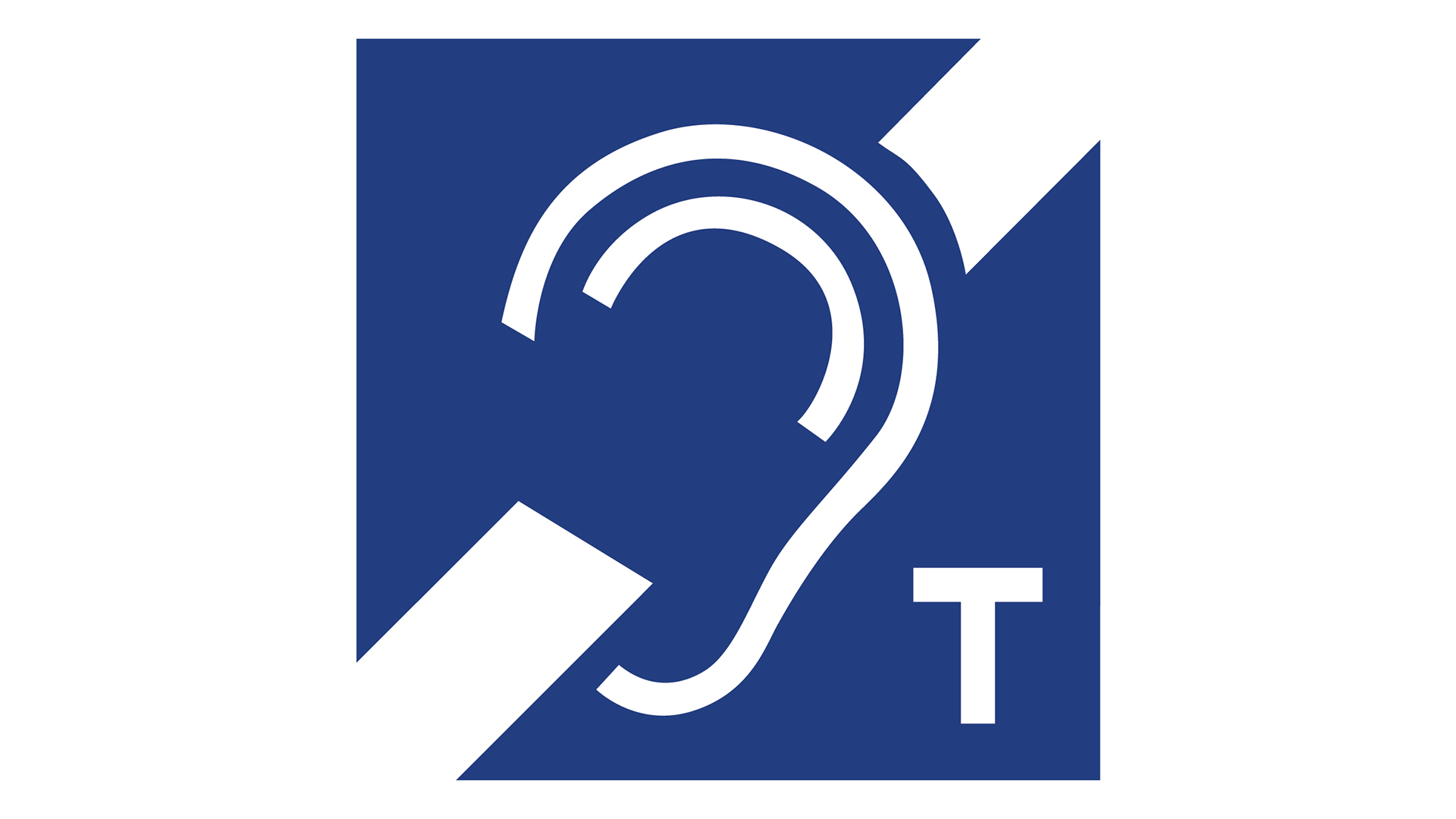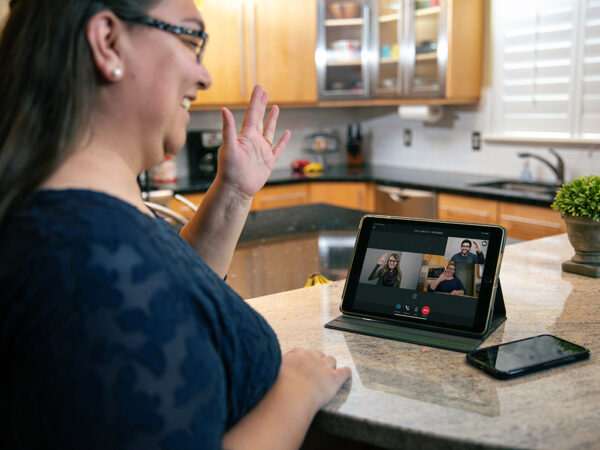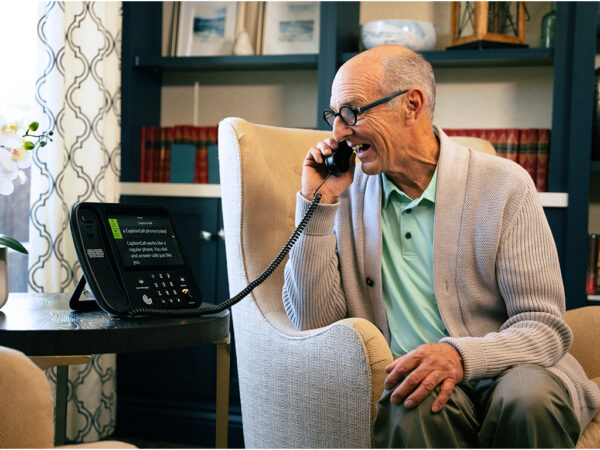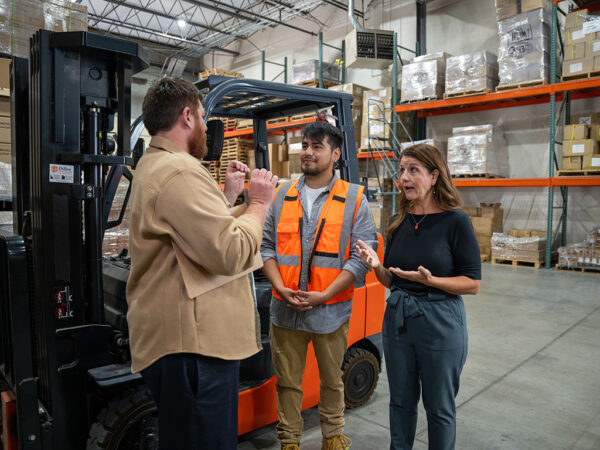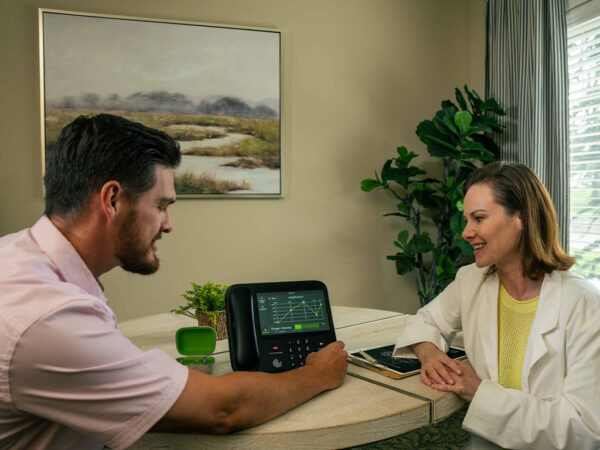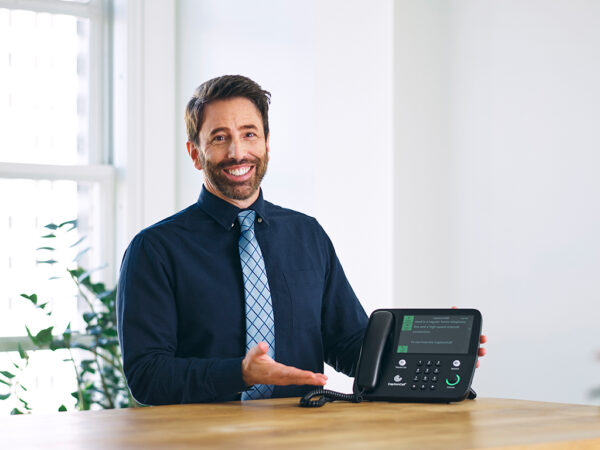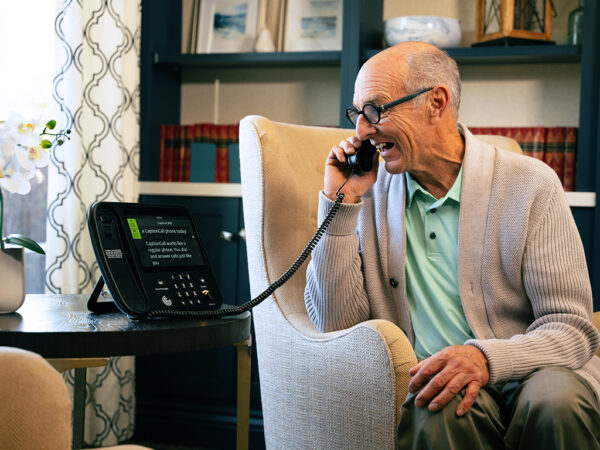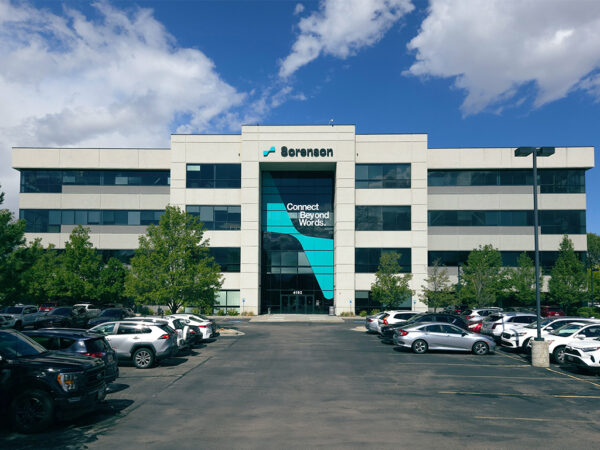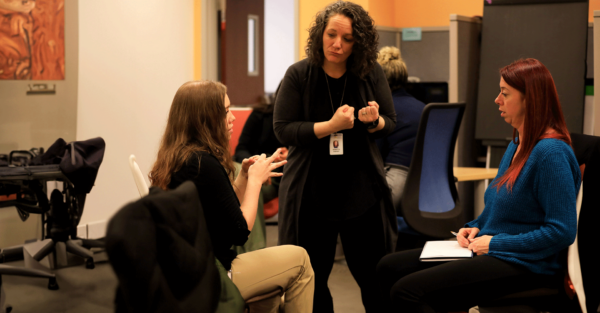Telecoils – What do they do, and does your hearing aid already have one?

No Value (acf:field_669fe7fdb55ef)
Hearing aids make a world of difference for millions of people around the world every day. The design and technology may have advanced, but the concept is relatively straightforward — someone experiencing hearing loss uses these compact devices combining a microphone, amplifier, and speaker to essentially turn up the volume of the world around them.
However, hearing loss is much more nuanced than that, and simply boosting the sound isn’t always the best solution in every situation. That’s why many hearing aids come outfitted with a telecoil.
What is telecoil and how does it work?
A telecoil, or “t-coil,” is a small antenna built into hearing aids that allows them to receive signals directly from a venue’s sound system. When the t-coil activates, your hearing bypasses its own microphone and instead plays the audio directly from a microphone, show, or presentation.
For example, if you’re seeing a movie and using your hearing aid, the sound from the movie theater’s speakers travels through the air to your hearing aid microphone, and then your hearing aid’s speakers amplified it. Between the theater speakers and your hearing aid, the sound can get slightly distorted and mix with other ambient sounds. This can make the movie difficult to understand, even with hearing aids.
By connecting directly to the theater’s sound system, the t-coils allow your hearing aids to play the audio straight from the theater’s sound system without any distortion or ambient noises, giving you clearer audio.
Related articles
Deaf Community
News
News and updates about Sorenson VRS products and features and the Deaf community
Hearing Health Providers News
Hearing loss news and trends for hearing health professionals
Hard-of-Hearing
News
News and updates about living well with hearing loss and getting the most out of CaptionCall and CaptionCall Mobile

No Value (acf:field_67911dacbb423)
What is a hearing loop?
The system that telecoils communicate with is called a hearing loop or audio induction loop. This is a permanent part of many structures, and it creates a wireless signal that hearing aids with telecoils can pick up. It includes the audio source (usually the venue’s microphone or audio track), an amplifier to process the audio signal, and a physical loop cable, typically lining the outer perimeter of the room. In some venues without the physical loop cable, you may be given a personal loop from the venue which goes around your neck and connects wirelessly to your hearing aids.
Hearing loops are becoming more common in the U.S. and are already widely used in other countries. Travelers can easily identify hearing-loop-enabled spaces by looking for the international logo (pictured below).

No Value (acf:field_67911d8bbb421)
Does my hearing aid have a telecoil?
If you’re unsure whether your model of hearing aid includes a telecoil, the best way to find out is to ask your hearing health care provider. They can help you determine whether your device is already equipped with one, whether a telecoil would be beneficial for your situation, and how to choose the right hearing aid model for you.
